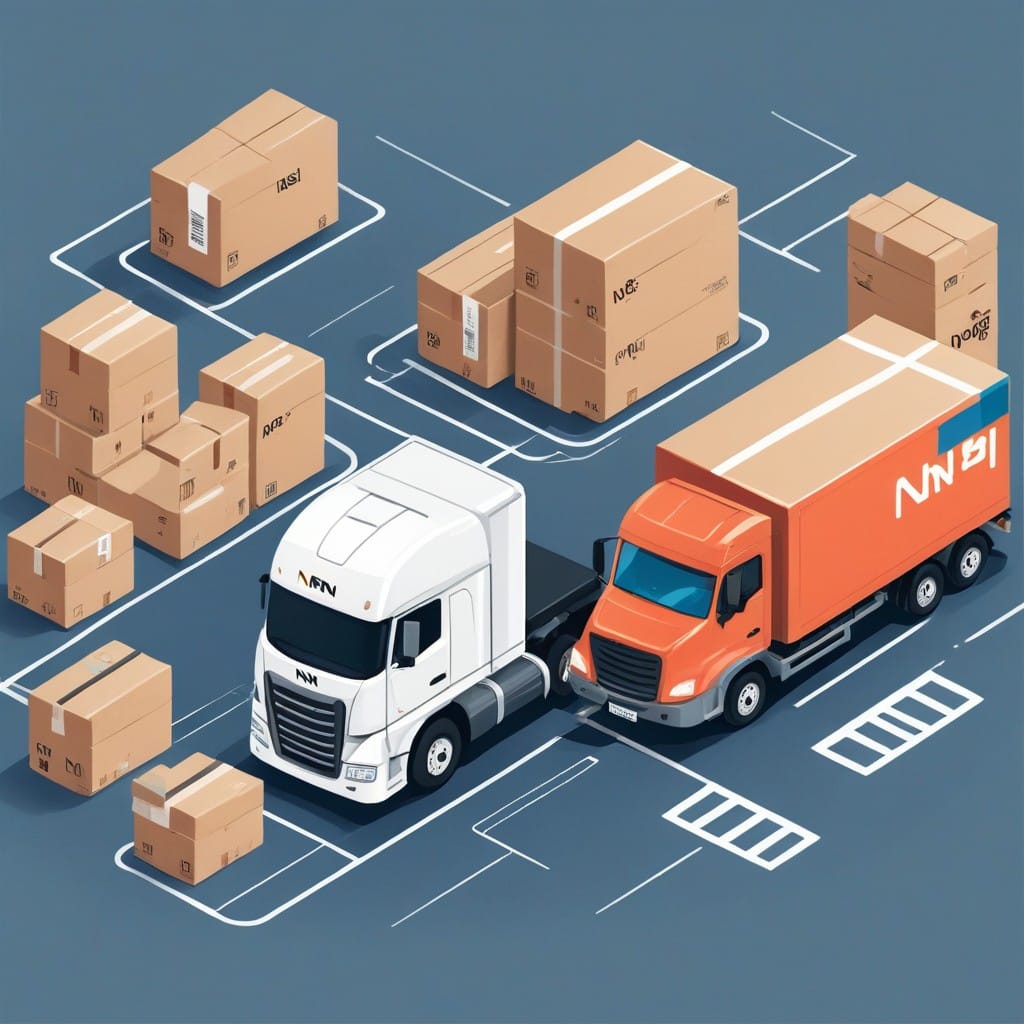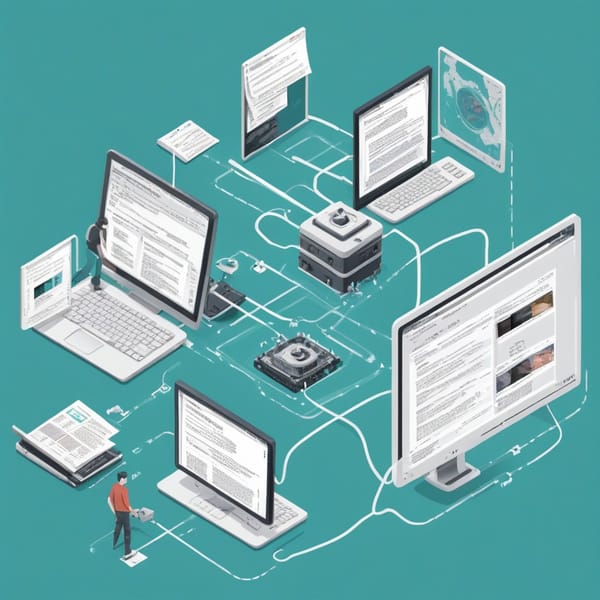Streamline Your Logistics with n8n: Automate Shipment Tracking APIs for Real-Time Updates

In today’s fast-paced logistics industry, real-time shipment tracking is no longer a luxury—it’s a necessity. Customers and businesses alike demand transparency, accuracy, and timely updates on their deliveries. Manually tracking shipments across multiple carriers is time-consuming and prone to errors. Fortunately, n8n, a powerful workflow automation tool, can help you integrate shipment tracking APIs to automate updates, reduce manual work, and improve customer satisfaction.
Why Automate Shipment Tracking with n8n?
Logistics companies and e-commerce businesses deal with multiple carriers—FedEx, UPS, DHL, and others—each with its own tracking system. Manually checking each carrier’s portal for updates is inefficient and delays response times. By leveraging n8n’s workflow automation, you can:
- Fetch real-time tracking data from multiple carriers via APIs.
- Trigger automated notifications (email, SMS, or Slack) for stakeholders.
- Sync tracking updates with your CRM, ERP, or order management system.
- Reduce human errors and improve operational efficiency.
How to Integrate Shipment Tracking APIs in n8n
Step 1: Choose Your Shipment Tracking APIs
Most major carriers offer REST APIs for tracking shipments. Some popular options include:
- FedEx Tracking API – Provides detailed shipment status, estimated delivery, and exceptions.
- UPS Quantum View® API – Offers real-time tracking and delivery alerts.
- DHL Parcel API – Tracks international and domestic shipments.
- AfterShip API – A unified API for multiple carriers (USPS, Canada Post, etc.).
Step 2: Set Up an n8n Workflow
- Start with a Trigger Node – Use an HTTP Request or Schedule Trigger to fetch tracking data at regular intervals.
- Add API Request Nodes – Configure API calls to carrier endpoints with authentication (API keys, OAuth).
- Parse and Filter Data – Use Function or IF nodes to extract relevant tracking details (e.g., "Out for Delivery").
- Send Notifications – Use Email, SMS (Twilio), or Slack nodes to alert customers or internal teams.
- Update Your Database – Connect to Airtable, PostgreSQL, or Shopify to log tracking events.
Example Workflow: Automated Tracking Alerts
- Trigger: A new order is placed in Shopify (Webhook).
- Action: Fetch tracking number from the order and query the carrier’s API.
- Condition: If status changes to "Delivered," send a thank-you email. If delayed, notify support.
- Log Update: Store the latest status in Google Sheets for analytics.
Benefits of n8n for Logistics Automation
- No-Code/Low-Code: Non-developers can build workflows with a drag-and-drop interface.
- Multi-Carrier Support: Consolidate tracking from different providers into one system.
- Custom Alerts: Proactively inform customers about delays or exceptions.
- Scalability: Handle hundreds of shipments without manual intervention.
Conclusion
Automating shipment tracking with n8n eliminates repetitive tasks, reduces errors, and enhances customer communication. By integrating carrier APIs, businesses can ensure real-time visibility into deliveries, improving both efficiency and customer trust.
Ready to streamline your logistics? Start building your n8n workflow today and turn shipment tracking into a seamless, automated process.
Would you like a more detailed breakdown of a specific API integration? Let me know in the comments!



